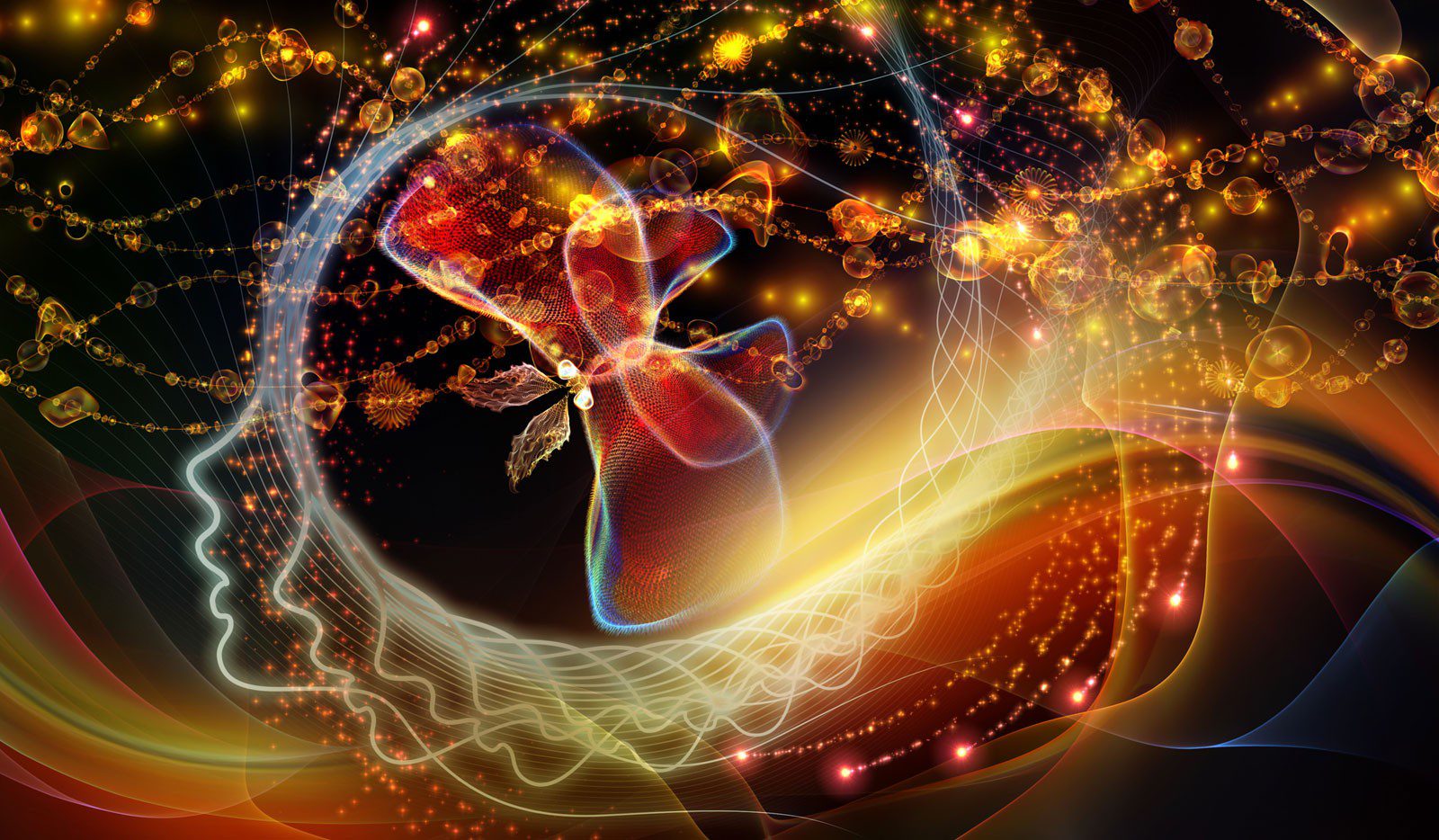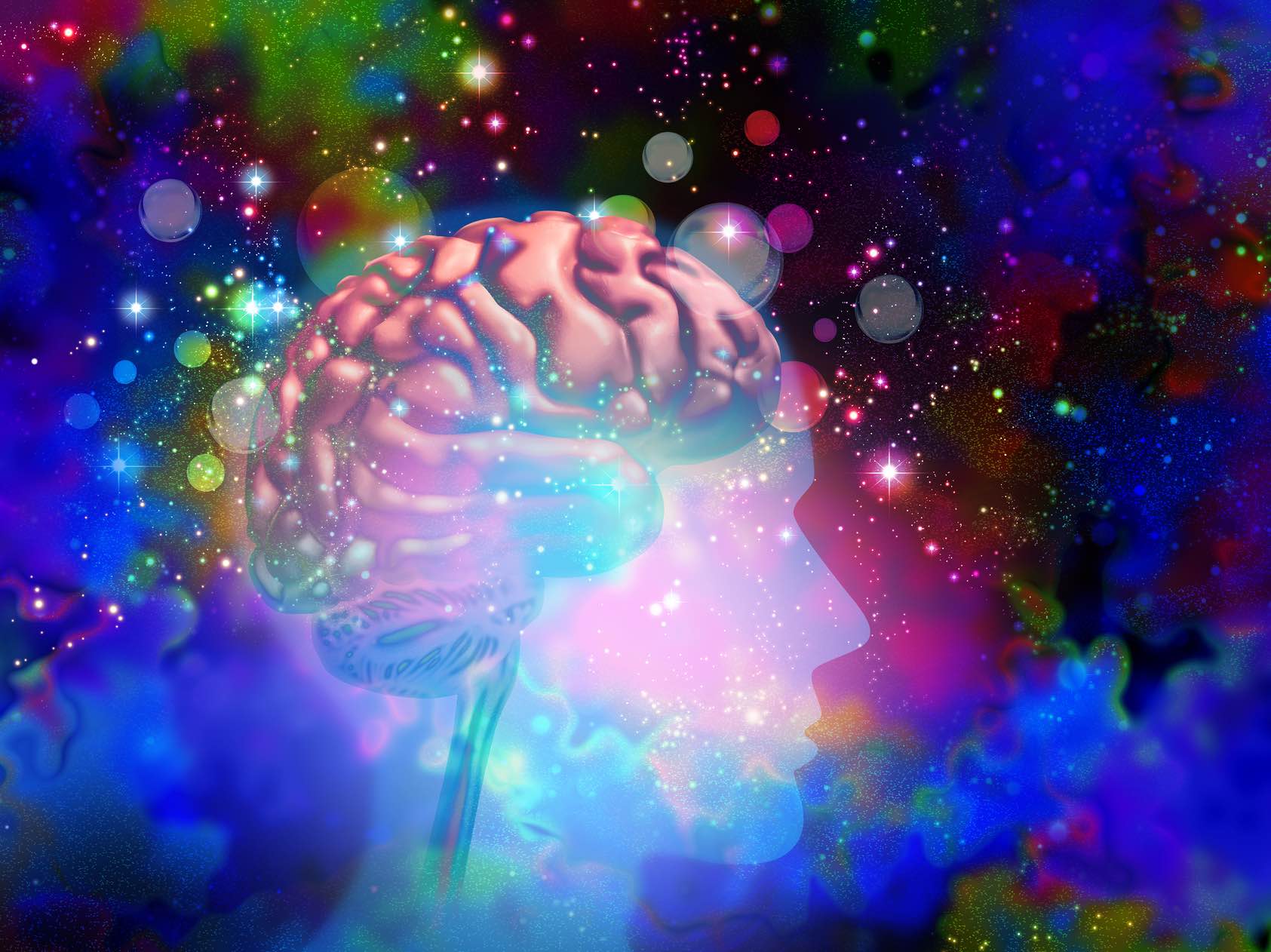Understanding Archetypes in Writing Fiction
This is the second article of RAD’s four-part series on archetypes. To learn more about the previous three explained archetypes, please see my first article.

Character development is essential in good fiction. They bring drive and motivation to your story. And since our brains are wired for story, we need to understand, empathize, and feel a connection with the main character of a story. No matter how amazing the plot is, without a giving the reader a foundation and uniqueness for a character, your story will fall flat with readers. Bottom line.
If you’ve ever pitched to an agent or publisher and received feedback stating, I loved the premise, but I didn’t connect with the character, then you’ve been rejected. But this rejection shouldn’t take down your love of writing. Instead, the feedback actually gives you a clear and direct understanding of how to fix your story so it is ready for publication. (Notice I didn’t use the word easy when referring to revision.)
Character development takes time. It involves diving deep into the core of a person we’ve never met, but create a profound connection with.
Yes, we can create amazing characters out of the blue. I’ve known writers to meditate about their characters. Others dream of their characters. We can develop characters by examining the people around us, including friends, family members, and neighbors. So, unless you live off the grid, which you wouldn’t be reading this anyway, you can watch mannerisms at the grocery store, restaurants, shopping centers, and even around the dining room table over the holidays.
Work on finding patterns in particular types of people. Serious note: I’m not referring to building stereotypes and derogatory references. Instead, I’m referring to personas and specifically, The 12 Basic Archetypes.

According to Carl Jung, one of the founding fathers of modern psychology, every person in every location around the globe, are interrelated or linked by an unseen force called The Collective Unconscious. Jung took this concept and developed through his research The 12 Basic Archetypes. Last time, we discussed The Innocent, The Orphan, and The Hero. Today, we’re going to move through the next three archetypes on Jung’s list.
The Caregiver:
- Motivated by a desire to protect and care for others – Samwise, Frodo’s loyal friend, The Lord of the Ring series
- Characterized by compassion, generosity, and empathy – Baymax, Big Hero 6
- Nurtures, supports, and strives to protect people closest to them – Maria, The Sound of Music
- Represents love and selflessness in its pure form – John Coffey, The Green Mile
- Strategy involves doing things for others, though they may fall into martyrdom and exploitation
- Cultivate hope and are optimistic – Joy, Inside Out
- Live a simple and humble life – Hagrid, Harry Potter
- Altruistic
- Dedicated to the welfare of others – Parents & Teachers
- Potential of being gullible – Cheryl A person I used to work with eons ago
The Explorer:
- Craves freedom, authenticity, and uniqueness – Ariel Little Mermaid
- Fears: getting trapped or inner emptiness
- Can solve difficult problems and complicated patterns – Indiana Jones
- Embraces autonomy and has an ambitious desire for adventure – Captain Kirk
- The drive for exploration reflects his/her pursuit of freedom and the discovery of the world through a personal lens – Robert Langdon Da Vinci Code
- Doesn’t rely on others for validation
- Independent
Other Known characters and real-life examples:
- Moana of Moana
- Drizzet Do’Urden (R.A. Salvatore’s Forgotten Realms Series)
- Photographer
- Archeologist
The Rebel:
- Challenges authority and breaks the rules – John Bender The Breakfast Club
- Yearns for revolution or change – Korg Thor: Ragnorok
- Fears powerlessness or ineffectuality
- Strategy involves disruption or shocking, but may risk crossing into crime – Han Solo
- Challenges the status quo, pushes boundaries, and advocating for alterations in power and structures – Merida Brave
- Fights against injustice and suppression – Katniss Everdeen The Hunger Games
- Resilient – Bart Simpson
Known characters and real-life examples:
- A nonconformist
- Goth kids
- Jim Stark, Rebel Without a Cause
- Outcasts, misfits, and dreamers
Writing Exercise:
Choose one of the archetypes you’ve learned about today and think about someone you’ve met in your life that reminds you of, for instance, The Caregiver. Then, set a timer for fifteen minutes and jot down everything you recall about that person. How do they walk? Do they have a “slow-go-bajo” pace or a “room’s on fire” pace? What is there standing posture? Do they cover their arms over their stomach when they speak or do they talk with their hands in a boisterous manner? How do they speak in small circles verses large crowds? Why do they remind you of The Caregiver? Basically, you’re overanalyzing demeaner, speech, mannerisms, and how they think and feel in various situations.
When the timer dings, take some time then start for refection and add another fifteen to work on the next archetype.
Understanding people is understanding character.
-RADolence

12 Jungian Archetypes: Unveiling the Universal Symbols of the Psyche | Personality-Type.com
12 Jungian Archetypes: The Foundation of Personality (positivepsychology.com)
The Orphan Archetype – Everything You Need to Know (dabblewriter.com)
